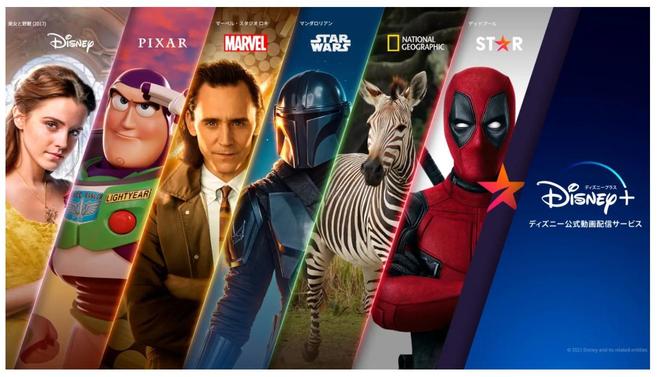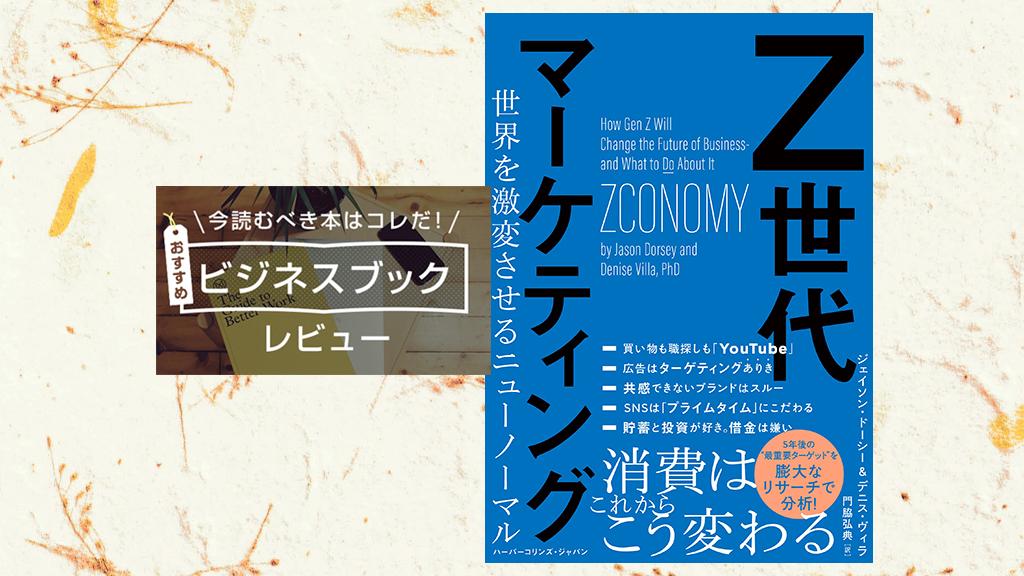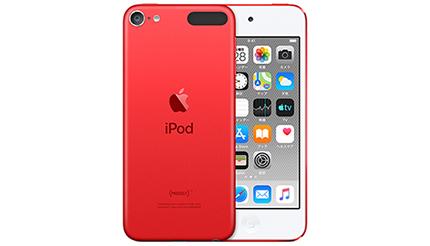When you launch a company or service, you will need a proposal to convey its contents. What kind of information is included in it, and what kind of thoughts are packed into it? Here, the content of proposals created by entrepreneurs and business people who have given numerous presentations will be released. Introduce your commitments, things to be careful about, ideas, etc. in making a proposal.
This time, we will release a proposal from Mr. Rei Sakai, CEO of Logical Fabrics, who works on a new service "Lobeam" that notifies the delivery staff's current location and estimated arrival time by SMS on mobile phones. What is the content of the proposal that led Lobeam to a full-fledged start?
A proposal for a new service "Lobeam" that notifies the delivery staff's current location and estimated arrival time by SMS on a mobile phone (downloadable from the next page)Mr. Rei Sakai, CEO of Logical FabricsNew service "
Lobeam is a new service that informs users of the location of delivery staff in real time. Using Google Maps, it is characterized by the ability to display highly accurate estimated arrival times that take into account traffic conditions. Notifications to users use SMS on mobile phones, so there is no need to install apps, etc., and it is also compatible with feature phones.
“Everyone must have had the experience of not knowing when the parcel will arrive. It's very frustrating not to know the status of a parcel delivery service 500 meters away, even though you can instantly make a reservation for a hotel on the other side of the street.
The solution is to visualize the situation. The current location display of the delivery person familiar with "Uber Eats" etc. is applied to all categories such as home delivery, food delivery, and housekeeping staff.
Lobeam says, "There are no direct competitors" (Mr. Sakai), but it is difficult to convey the service content in one word. The cover page of the plan uses an image of a courier staff handing over a package to a user, along with the slogan "Lobeam that makes waiting and waiting to zero". Here we summarize the future we aim for, "a comfortable life where you can receive parcels without waiting".
On the second page, "I don't know when it will come," expresses the feeling that everyone has had in straight words. "When giving a presentation, I will explain the service content by cutting out the location information of Uber Eats and explaining it in words. To make the explanation as simple as possible, I will start with a keyword that appeals to the emotions of 'yes, isn't it?' As long as you include the "something" that everyone has felt and the "purpose" of why you are doing this service in the proposal, the listeners will be able to understand the other parts. I think it will complement the brain," he said, trying to keep it simple.
The first page describes the message "I don't know when it will come" that people who are waiting for the parcel delivery may have thought about once."Talking backwards", which was useful in the 3-minute presentation to Mr. Horie
Mr. Sakai at the presentation What I keep in mind is "talking backwards". “At a TED Talk about 10 years ago, there was a presentation where you talk backwards. In general, we often talk in the order of what, how, and why, but instead of that, why Will it be realized?) and What (means = product) will make it easier to convey.” (Mr. Sakai)
![[Full plan release] Mr. Horie A 3-minute presentation to Mr. Horie--“Lobeam” “reverse speaking” plan book “title=](https://website-google-hk.oss-cn-hongkong.aliyuncs.com/drawing/article_results_9/2022/3/23/f5669d8ff89d4f8a934d6a68f625eca4_1.jpeg)
An example of this is Apple's advertisement. "Many PC advertisements express specs such as CPU speed and HDD capacity, saying 'It's amazing to have this,' but in 1997 Apple developed a catch phrase, 'Think different.' This has the nuance of ``(believing) that there is value in something that is not a conventional way of thinking,'' and it conveys the message that products are just one of the means of expression. By starting with the why rather than the what, I became conscious of how easy it was to communicate.One reason is that I simply thought it was very sophisticated and cool (laughs), but when giving a presentation, I was conscious of this why. I'm trying to do it," (Mr. Sakai).
Probably because of this, Lobeam's proposal is very simple overall. The number of characters is kept as low as possible, and the number of pages is also reduced to 13 pages. “The number of characters has been increased during the creation process, and I personally feel that the number of characters has become extremely large. It's important to have the amount of information that makes them want to hear a little more detail," and emphasizes not to explain too much.
Simple construction with few letters overall. Mr. Sakai, who spent his school days in the United States, played a large role in reducing the amount of text so that he could easily convey his presentation in a short time. “There is a proverb in the United States that says, ‘If you explain, you will already lose. I think it's important."Another obsession is abstraction. While using highly abstract phrases such as "I don't know when it will come" and "Visualizing the situation", the 11th page at the end of the story brings up the highly abstract word "It's natural".
On the final page, in response to the ``I don't know when it will come'' on the first page, I conclude with the words that the service called LoBeam will create a world where ``it is natural''Once again, I would like to conclude with a different way of saying something that is highly abstract.What I want to do with the conclusion that "I don't know when it will be made" is to create a world where it is "natural" to not get frustrated by knowing the whereabouts of the delivery staff. This is a different way of saying it, but the content is almost the same: if the first part sticks to the people listening to the presentation, the middle part, such as the numbers and applicable areas, won't listen. However, the important part is conveyed. If that part is conveyed, it should lead to business opportunities,” (Mr. Sakai), preaching the importance of abstraction.
Mr. Sakai has the experience of making a Lobeam presentation directly to Mr. Takafumi Horie. “At that time, I was told that I had to understand the content of the service in 15 seconds. The actual presentation time was 3 minutes, and I explained it quickly, but I always remember that the people who listened to my presentation took their time. I'm working on it. I'm often told that it takes 5 minutes or 3 minutes.When I gave a presentation to Mr. Horie, I displayed the timer on my iPhone."
Another piece of advice I received from Mr. Horie was "Prepare a video that explains the service." In response to this, Lobeam has prepared a video and has already published it on its website. The images used in the proposal were taken in conjunction with the video. "Until then, I was using free materials, but by using original shots, I got a sense of unity with the video," he said.
The emphasis is on the gripping part of "I don't know when it will come." "The first minute or so is the key to getting people interested. I put an accent there and give a presentation. If you look at materials such as sales targets, you can understand it, and sometimes I skip a few pages." (Mr. Sakai).
Always be aware of who you ask and why
"I'm the type who doesn't practice much (laughs)" (Mr. Sakai). Emphasis on communicating in words. "When I saw a speech by former Prime Minister Junichiro Koizumi before, I felt that he was speaking in my own words, and I felt that I could not understand him, and that was the only thing I was careful about."
As for recent online presentations, "I'm originally lazy, so I'm grateful that it's online. Certainly, I feel that it's difficult to make eye contact with the listeners, but other than that, I don't have any particular inconveniences. Conversely. In addition, it is very easy to annotate on the screen, and it is very good that you can talk while adding the part you want to emphasize in real time."
It took about two weeks to create the materials. It is said that he will proceed in parallel with other work, show it to people around him, and complete it while listening to his opinions. "I'm not very good at making illustrations, and in many cases I get help from people who are good at visuals," says Sakai.
Mr. Sakai, who has done a lot of presentations, said, "Equipment trouble is inevitable," and he has had many troubles. In addition, “It is difficult to see the audience target, and I sometimes get lost about who I should talk to. I try to expand on the parts that I think people will be interested in, but there is still a limit.
In Lobeam's proposal, we explain the service contents, usage procedures, benefits, etc., centering on three visuals that put Lobeam's services between the end user and the service provider (visiting staff). However, we also have a "reverse version" where the end user and the service provider are switched left and right.
End-user oriented version Service provider oriented version. Use it according to the person listening``From the flow, it is natural to talk from left to right, from the end user to the service provider, but it is easier to receive it from the service provider to the end user. Thinking that there may be other people, we have created two patterns so that we can handle either of them,” says Sakai, and he tries to respond flexibly.
Lobeam's full-fledged start on February 1 was a simple proposal with a minimal number of characters, and the key point was a presentation that suited the audience and the venue.




